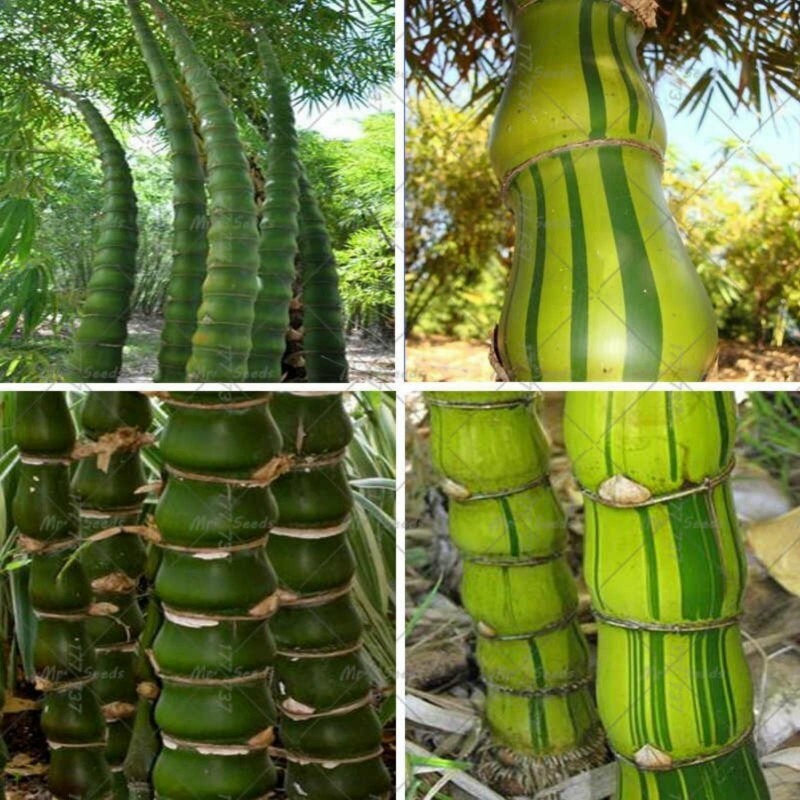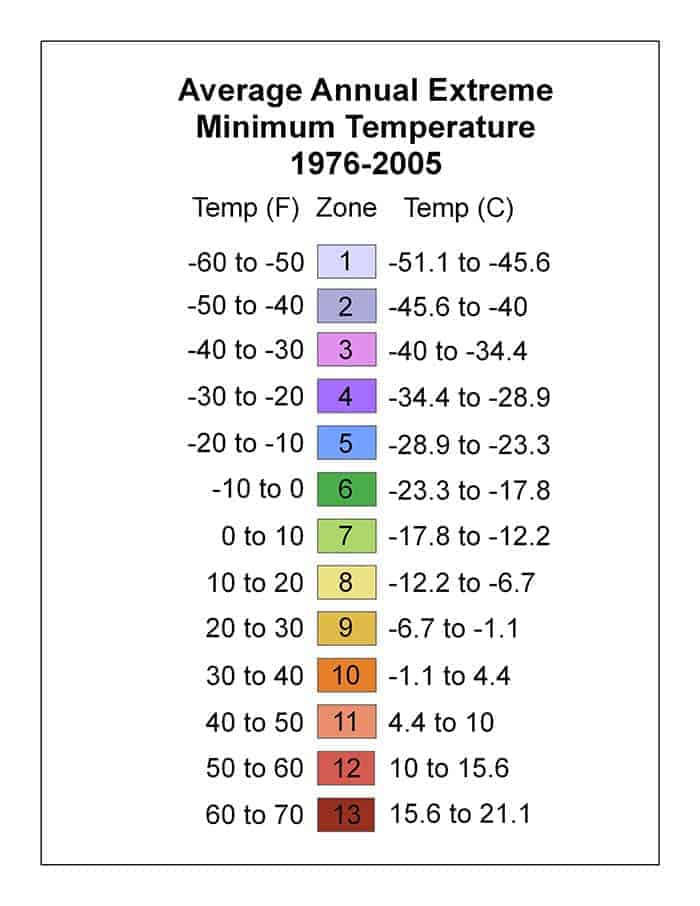







This beautiful form of Buddha Belly bamboo has culms that emerge green and soon turn a beautiful golden-yellow with green stripes. Like the green form, it will grow straight and slender, given ideal
This beautiful form of Buddha Belly bamboo has culms that emerge green and soon turn a beautiful golden-yellow with green stripes. Like the green form, it will grow straight and slender, given ideal conditions. This bamboo is best as a container plant where with proper care and pruning it can be a delightful specimen.
Maximum Height: 55 feet, 30-40 feet average
Container Height: 10 to 15 ft?
Diameter: 1.5 - 2 inches
Hardiness: 21° F
Recommended for USDA zone 9b - 10
Wikipedia:
Bambusa ventricosa is a species of bamboo which is native to Guangdong province in China. The species is widely cultivated in subtropical regions around the world for the bulbous and ornamental culms. The species is used in bonsai.
Common names include Buddha bamboo and Buddha's-belly bamboo.
|
Sowing Instructions |
|
|
Propagation: |
Seeds |
|
Pretreat: |
0 |
|
Stratification: |
0 |
|
Sowing Time: |
all year round |
|
Sowing Depth: |
Needs Light to germinate! Just sprinkle on the surface of the substrate + gently press |
|
Sowing Mix: |
Coir or sowing mix + sand or perlite |
|
Germination temperature: |
25-30°C |
|
Location: |
bright + keep constantly moist not wet |
|
Germination Time: |
1 - 8 weeks |
|
Watering: |
Water regularly during the growing season |
|
|
|

 Reviews (0)
Reviews (0)